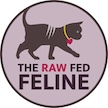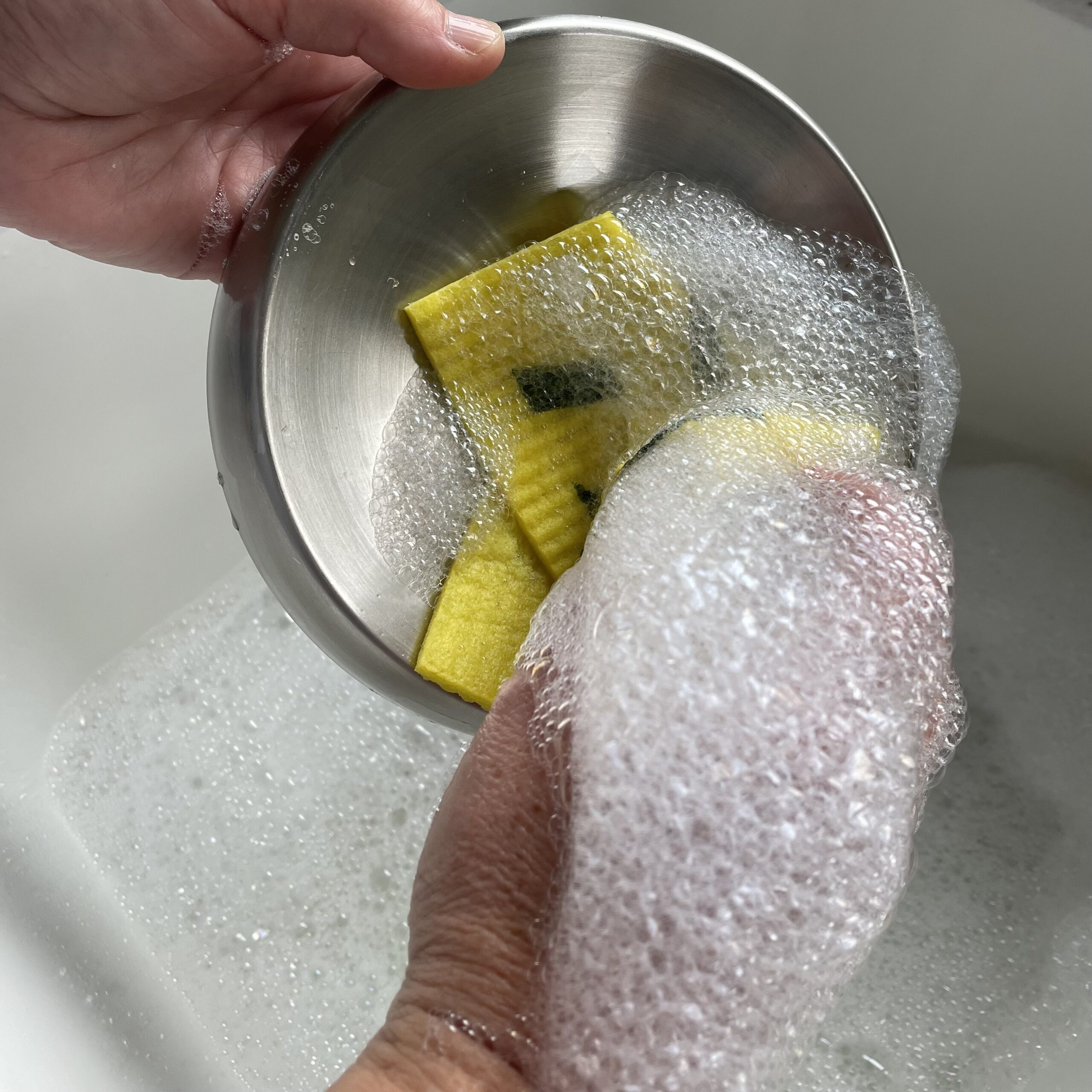Many people are understandably concerned about safely feeding a raw diet to their cat. There are typically two main areas of concern: will my cat get sick from eating raw food? And will the people in my house get sick from feeding the cat raw food? So, let’s take a closer look at these two issues.
Nature’s safeguards for your cat
First off, your cat. We all know that raw meat has bacteria and can make us sick if we would eat it raw. But cats are not people and they are literally designed to eat raw meat. Their digestive system has some important protective factors in place to safely deal with a raw meat diet. It would be very silly for Mother Nature to make cats obligate carnivores who can’t eat raw meat without getting sick!
To start with, cats have a highly acidic stomach—so much so that most bacteria cannot survive that level of acidity. The next line of defense is their very short digestive tract and the overall transit time of the food. Meat is processed in the cat’s digestive system in a very short period of time, which means there is no time for any bacteria that survived to that point to multiply. Your cat’s body was created to process raw food very efficiently.
Know your meat
While bacteria is everywhere in our environment and not always pathogenic, parasites are another issue. Parasites can make your cat sick. This is where knowing where you get your meat from is important. Meat for human consumption in North America, most countries in the EU, and others that have regulatory agencies in place that provide inspection are safe to feed. The inspection process includes making sure the meat is free from parasites and disease. Meat designated for human consumption in the US has much more regulatory oversight regarding overall sanitation and safety, including the processing, handling, and transport of the meat. There are also raw pet food suppliers who follow specific safety handling and freezing procedures with their raw products.
Safely feeding wild game
In contrast to human grade meats, wild game is another story since this meat has not undergone any official inspection process. Wild game can be an awesome addition to your cat’s diet, but you want to be sure that it is safe for your cat as it has a higher potential to contain parasites. You want to freeze all wild game for at least three weeks to kill any potential parasites and inspect the meat before feeding to your cat. “When in doubt, throw it out” applies in this scenario. Any fish, even from the grocery store, are considered wild game, too, and should always be frozen prior to feeding raw.
There are a few freeze resistant parasites and viruses to be aware of that can be found in certain wild animals. These include wild boar, bear, and walrus. Meat from these animals should not be fed raw. You don’t want to feed other carnivorous animals either, such as coyote or fox. Amphibians, such as frogs and salamanders, should not be fed as they have permeable skin that absorbs toxins and pollutants in their environment.
Venison is a very popular wild game meat that many cats love. Where I live, venison is easy to source from local hunters. But it’s important to know if Chronic Wasting Disease is an issue with the local deer, elk, or moose population. It’s best practice to avoid feeding the brain, spine, or spleen of these animals just to be safe. The meat, liver, and heart are all great options to include in your cat’s diet.
Safely handling raw foods
The other issue to be aware of is the proper storing, freezing, and thawing of raw food to avoid spoilage. You can portion and freeze raw meats, organs, and bones for longer term storage. If you purchased frozen meat, you can thaw, portion, and refreeze without issue. You want to thaw raw food in the refrigerator. And once thawed, you would want to use up the raw meat within 2-3 days.
In summary, healthy cats are perfectly capable, and in fact, designed to eat raw meat. Their bodies can easily handle the normative bacterial load of raw foods. Human grade meats are safe to feed. Wild game and fish must be frozen and inspected prior to feeding raw. Avoid wild boar, carnivorous animals, amphibians, and the head, spine, and spleen of deer and elk. Freeze, thaw, and store raw foods appropriately.
Safety for people
Ok, let’s take a look at safety concerns for the people involved. If you prepare meat in your own home, you have already been safely doing this—most likely for years. You literally just follow the same common sense handling procedures as you would with any raw meat. It is not any more dangerous just because it is now designated for your cat. You just wash everything with hot soapy water and clean the countertops or other surfaces. Additionally, you wash your cat’s dish after each meal and keep the eating area clean. That’s it. This goes for all forms of raw feeding, including freeze dried. Freeze dried foods are still raw and should be treated as such.
If you eat a plant based diet, handling raw meat may be more foreign to you. I have a designated freezer for cat food as well as a specific drawer in the refrigerator for thawing and staging purposes in my plant based household. Additionally, I have cat food only bowls, containers, shears, spoons, etc., that I wash in hot soapy water after use. I spray down the countertop with hydrogen peroxide after prepping Hazel’s food. I have been doing this for years with no issue. In fact, there was a large worldwide survey of raw feeders regarding the transmission rates of illness to people. The results are very reassuring. If you follow safe, common sense handling procedures with raw meat, the risk is incredibly low.
So there you have it! Your cat is perfectly able to eat raw meat without becoming sick from it and you are safe from illness when you follow safe handling procedures and clean up afterwards. Not so scary after all!


